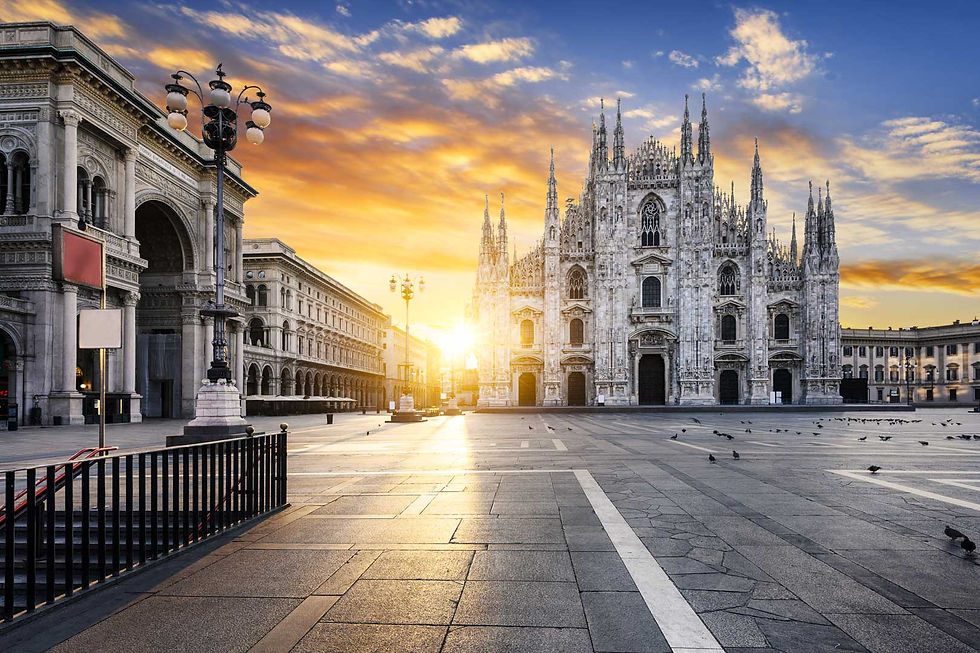It Takes a Village
- unescoflorence
- Jun 14, 2019
- 3 min read

Two weeks ago, we had the chance to meet and talk with the two UNESCO Chairs at the University of Florence. The UNESCO Chairs, while technically unaffiliated with UNESCO as an organization, are supported by UNESCO in carrying out their mission and fulfilling the goals the chairs set out to do. The UNESCO Chairs program was formed in 1995 as an international program dedicated to research and higher education. They are set up within educational institutions and focus on matters of culture, communication, and the education of students in these fields. The University of Florence has two UNESCO Chairs: The Human Development and Peace Culture Transdisciplinary Chair and the Prevention and Sustainable Management of Geo-hydrological Hazard Chair.
Paolo Orefice is the Chair for Human Development and Peace Culture. The projects that this chair currently works on run through 2021 and focus on human rights and peace in a globalized world. For him, and we thought that this was an interesting statement, they work to change civilization, not culture. The goal of the chair is to actually preserve culture and cultural heritage, both tangible and intangible, while bringing cultures into a globalized setting. He noted that in order to do this well, they have to be careful with the relationship between sites and culture and the connection with knowledge. He mentioned, and I saw great overlap here with the sustainable development initiatives at Pratolino Park, that this work must have a sustainable development component because the issue of cultural protection is always a global problem. His team also works on initiatives towards world citizenship through education. He is trying to work towards viewing education as a culture. This has been a successful program in Latin America in Native American civilizations where they work to simultaneously maintain the unique cultural properties of the people but also bring them more into the globalized world. Through this, he believes, and made a compelling argument for the further protection of the culture of these people.
We also got to meet with William Frodella, the Geo-hydrological chair. He functions more in the realm of environmental science and geology and his team does work on the detection and prevention of mudslides that may harm cultural heritage sites. His focus is in Madagascar on the prevention of mudslides and other natural disasters. However, the most interesting part of the work that he does, to us, was the focus that his work often has to have on political structures. Madagascar, and other countries that he works in, are often plagued by unstable governments. Thus, every few years a new government is installed. This makes their job difficult because they have to start from the beginning again convince the people and the government that the work that they are doing is useful and important. This reiterated to us the importance of a transdisciplinary approach to cultural heritage, and especially the protection of cultural heritage. This demonstrated to us why these two chairs work together at the same institution and the importance of the work that they do from a social standpoint and a scientific standpoint. Cultural heritage is an aspect that must be considered from many different viewpoints and many different subjects. No one single viewpoint has the right answer to protection, but working together and sharing ideas and compromising is key to being successful in this field.




Comments